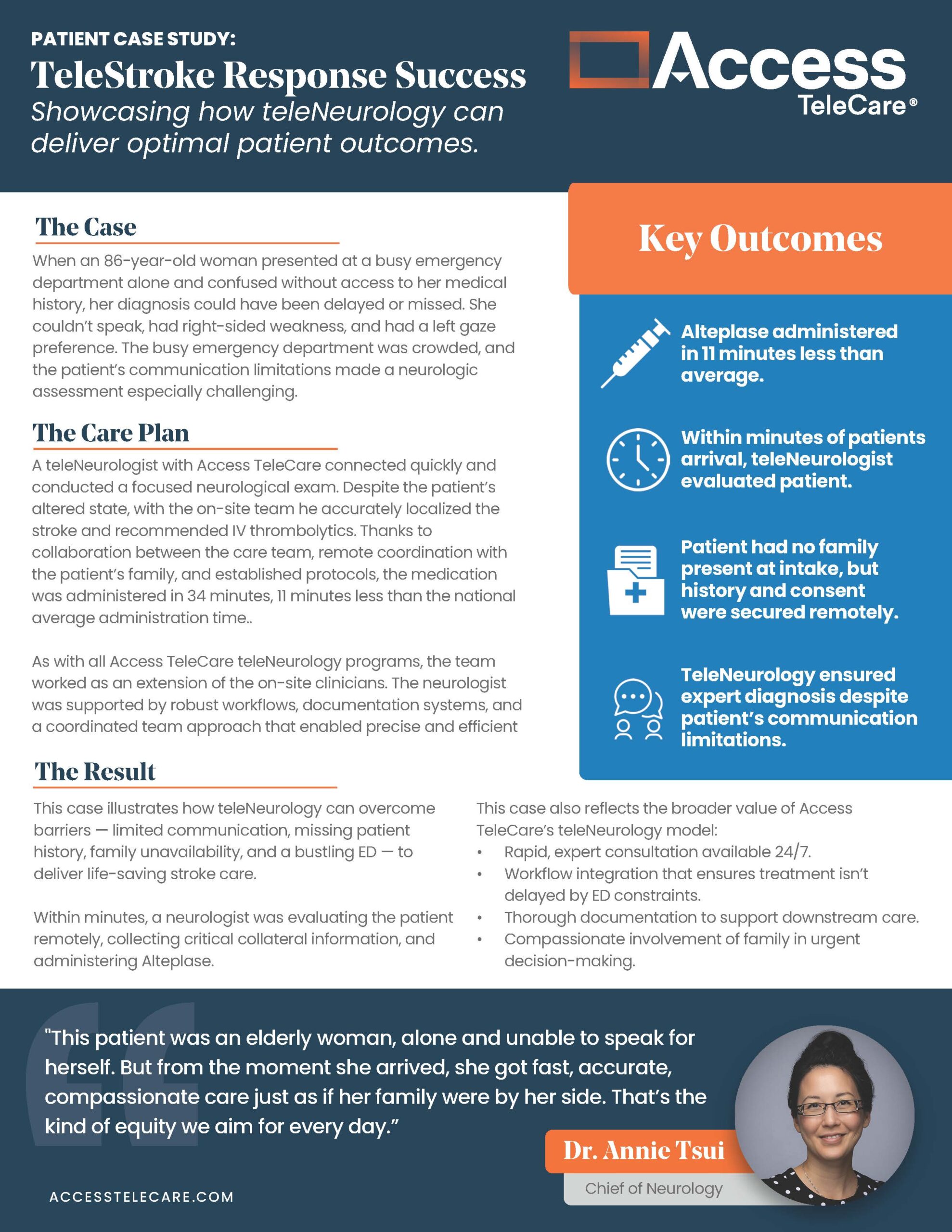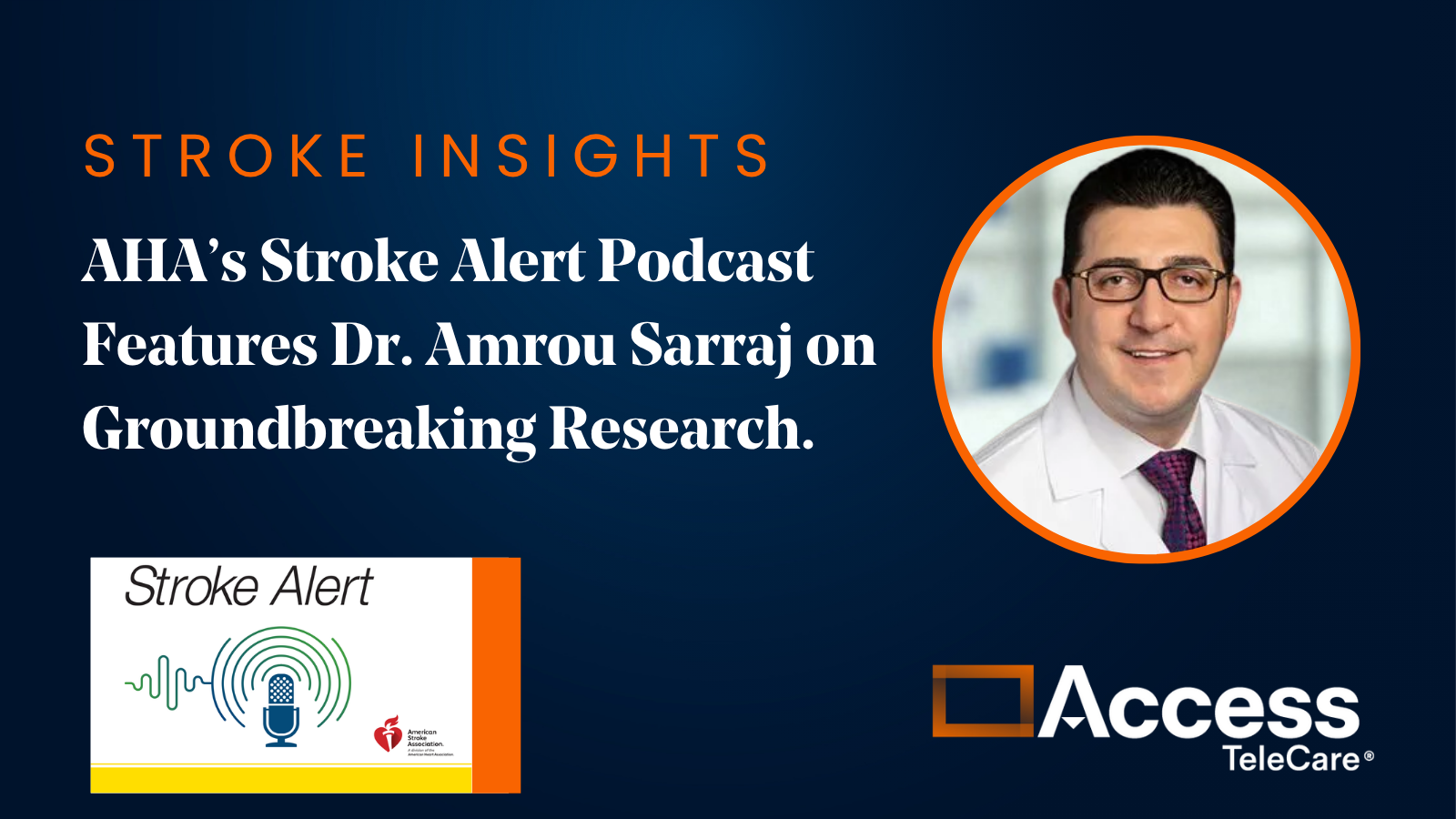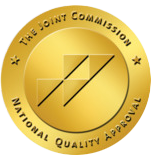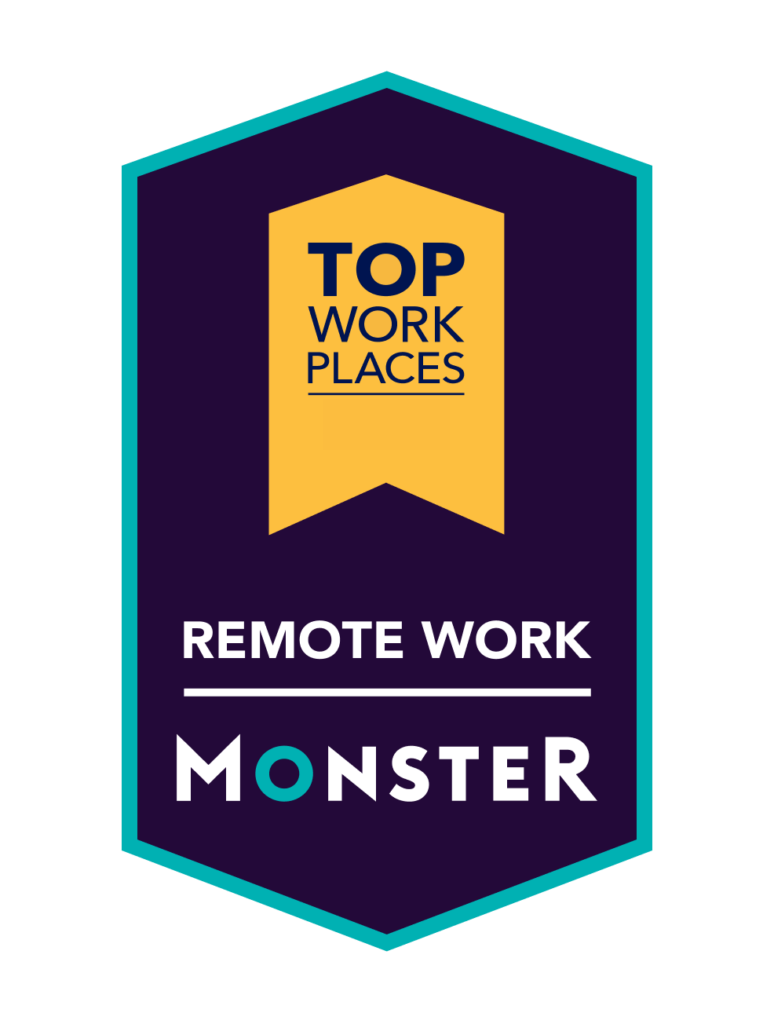She arrived at the emergency department alone. Confused. Unable to speak. No advocate by her side, no family to give context. For many stroke patients in that situation, delays are common — and dangerous.
But at this hospital, Access TeleCare’s teleNeurology program was in place.
Within minutes, a neurologist connected remotely, conducted a focused exam, and recognized signs of a serious stroke. Working with on-site staff, the care team confirmed a large vessel occlusion and delivered life-saving treatment — fast.
“This patient was an elderly woman, alone and unable to speak for herself. But from the moment she arrived, she got fast, accurate, compassionate care just as if her family were by her side. That’s the kind of equity we aim for every day.”
— Annie Tsui, D.O., Chief Medical Officer of Neurology
Thanks to the collaboration between the teleNeurologist, bedside team, and rapid coordination with family, treatment was administered just 34 minutes after arrival — 11 minutes faster than the national average.
“When a patient can’t speak and every minute matters, the entire system must rise to the occasion. In this case, our technology, team, and partners did exactly that. The result was a life pointed back toward recovery.”
— Chris Gallagher, M.D., Chief Executive Officer | Access TeleCare
This case isn’t just about speed. It’s about what’s possible when care is designed to respond with empathy, urgency, and clinical excellence — no matter the hour, no matter the situation.









